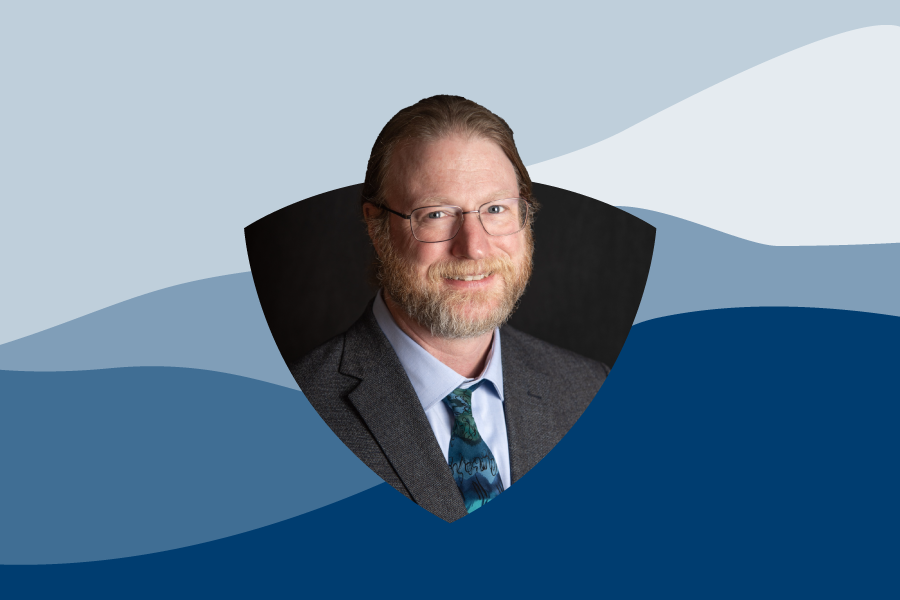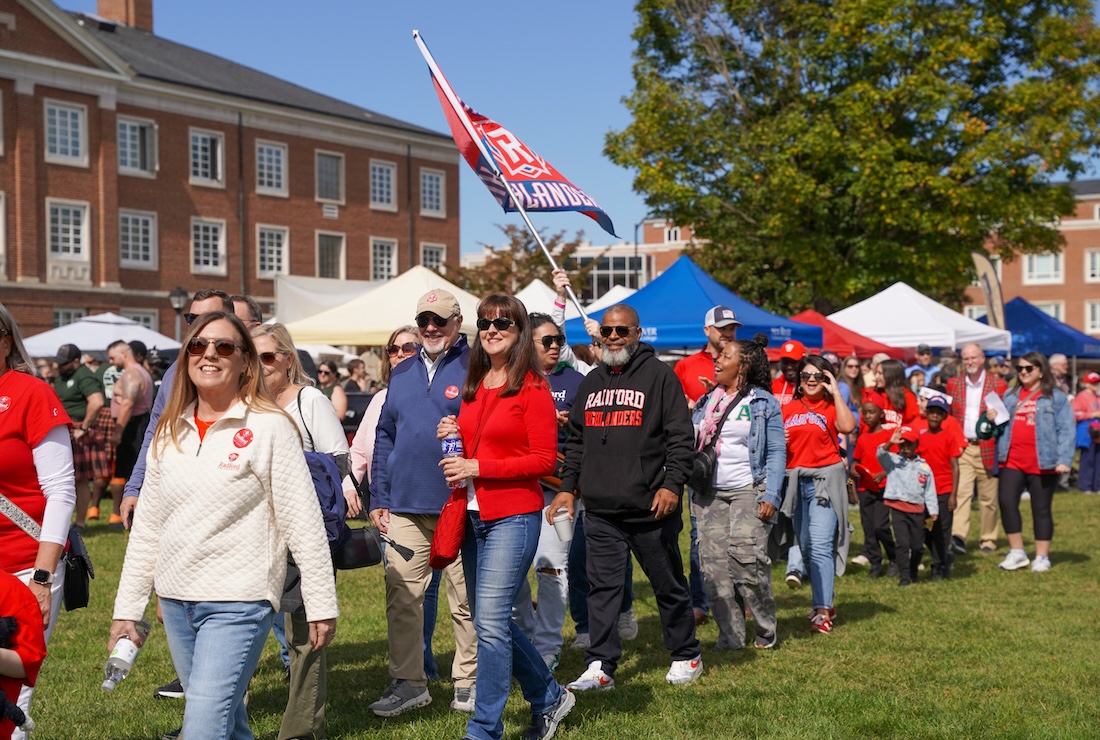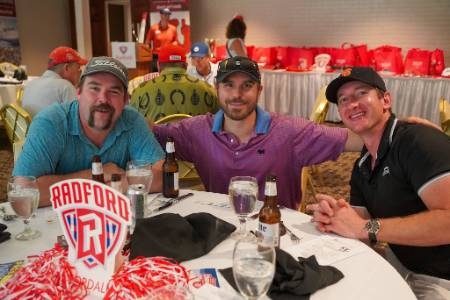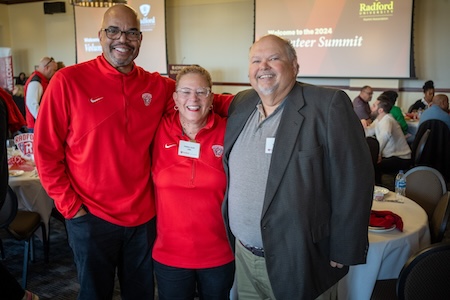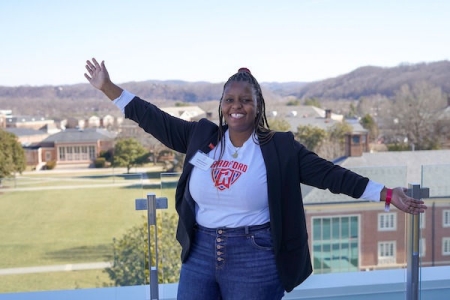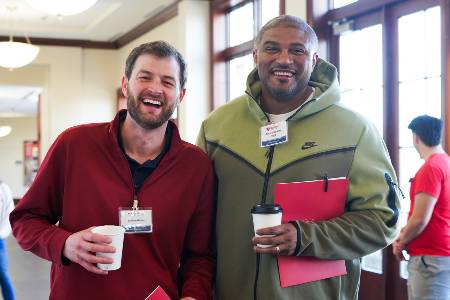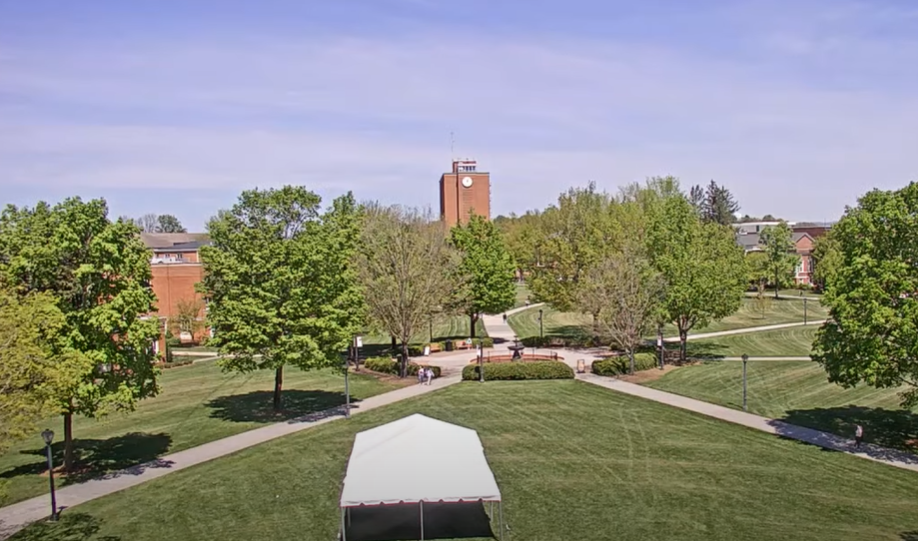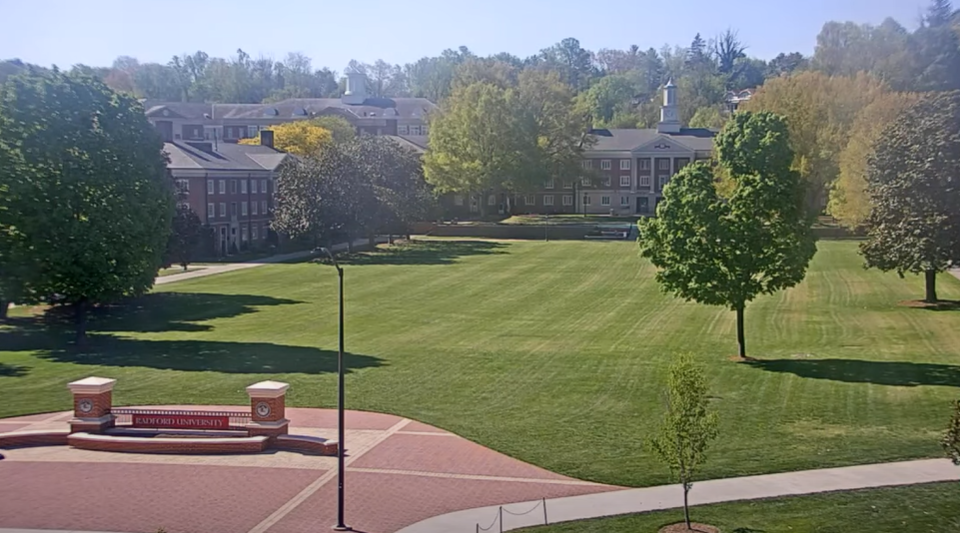Radford University
Office of Alumni Relations
Alumni—Relocated? New Email?

Highlander spirit shines bright at Homecoming 2025!
Once a Highlander, always a Highlander!
From reclaiming the fountain to celebrating alumni achievements, the weekend was filled with laughter, connection and Highlander pride. Watch the recap video to relive the best moments and see why Homecoming is one of our favorite Radford traditions.
Radford News
-
Highlanders in the News: Week of Jan. 5, 2026
January 9, 2026
Six Highlanders are ranked among The Roanoker magazine’s latest “40 Under 40” listings; sportswriting sophomore Josh Poslusny is all about the bylines; Tanisha Nash ’02, M.S.W. ’07, answers 10 questions from The Roanoke Tribune; and Andrew Reedy ’13 is one of Salem’s top teachers.
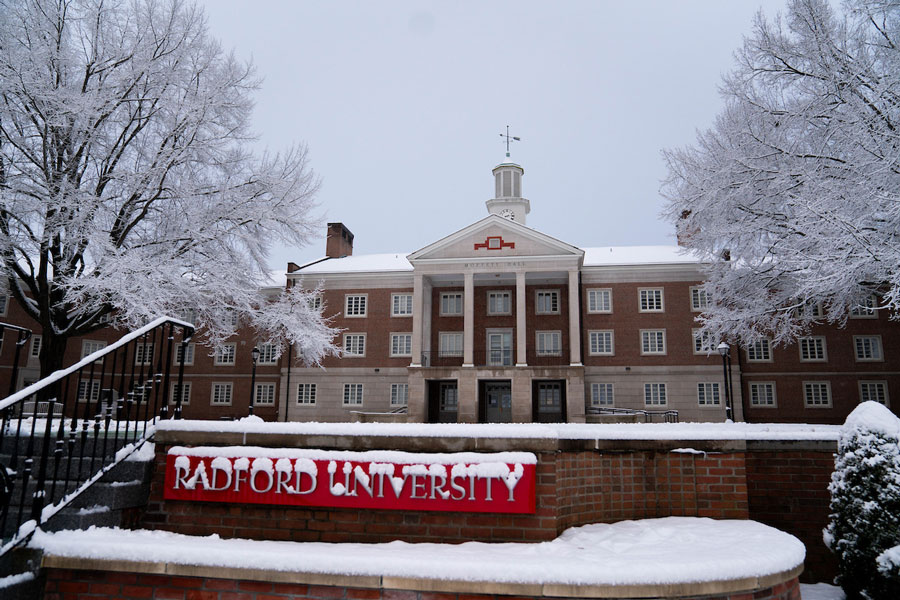
-
Jeffery Aspelmeier selected to lead Radford University’s College of Humanities and Behavioral Sciences as dean
December 21, 2025
Radford University has selected Jeffery Aspelmeier, Ph.D., to serve as dean of the College of Humanities and Behavioral Sciences (CHBS), following a national search conducted during the fall 2025 semester.
